How Far Can A Drone Fly? Expert Explains
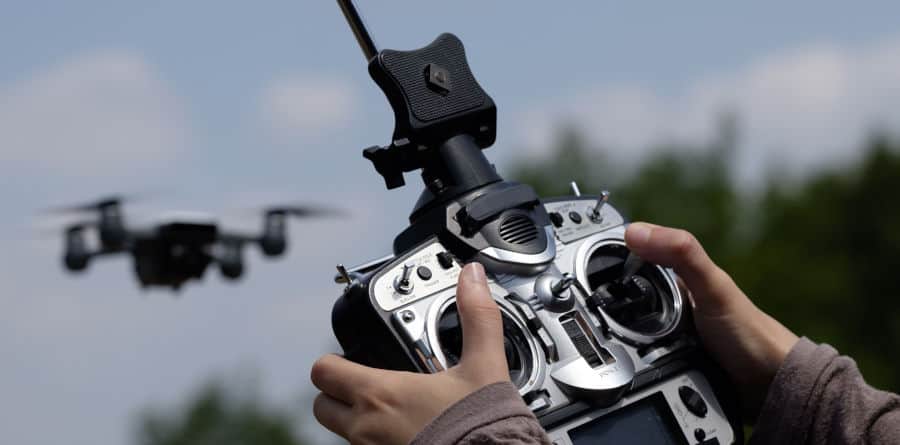
Each of us who operates drones understands the significance of owning a reliable, user-friendly drone. Yet, an important aspect that often comes into play is the drone’s flight range. Each model has a different operating range, which depends on the drone’s transmitter and remote controller. However, the question that surely interests you is how far a drone can fly? In this article, we’ll talk about that. So, let’s start!
How Far Can A Drone Fly? Consumer drones have a flight range of approximately 1-2 miles, while larger drones can fly up to 10 miles. Drones with GPS can fly significantly greater distances than those restricted to line-of-sight operation. They can cover 20 miles or even greater distances from the pilot’s position.
As drone technology progresses, the distance drones can fly is constantly increasing. It’s now common to find drones on the market that can cover distances up to 10 kilometers (6.2 miles) away from their drone pilot. This is indeed impressive.
Here is data that shows how far drones can fly:
- Hobby drones can fly between 20 to 100 yards (18 to 100 meters).
- Consumer drones can reach distances up to 3 kilometers (2 miles).
- Mid-range drones can fly between 400 yards to 1.5 miles (0.6 to 3 kilometers).
- Professional drones can even cover ranges up to 30 kilometers (or 20 miles).
Nowadays, drones can fly as far as 18 kilometers away from the drone pilot. However, the rules and the law state that whoever is flying the drone should always keep the drone on their site. This rule can reduce the flying distance to just about half a kilometer from the drone pilot. Also, it’s important to remember that flying drones higher than 400 feet in the air is not allowed.
Related Article: How High Can a Drone Fly?
What Decides the Range Of A Drone?
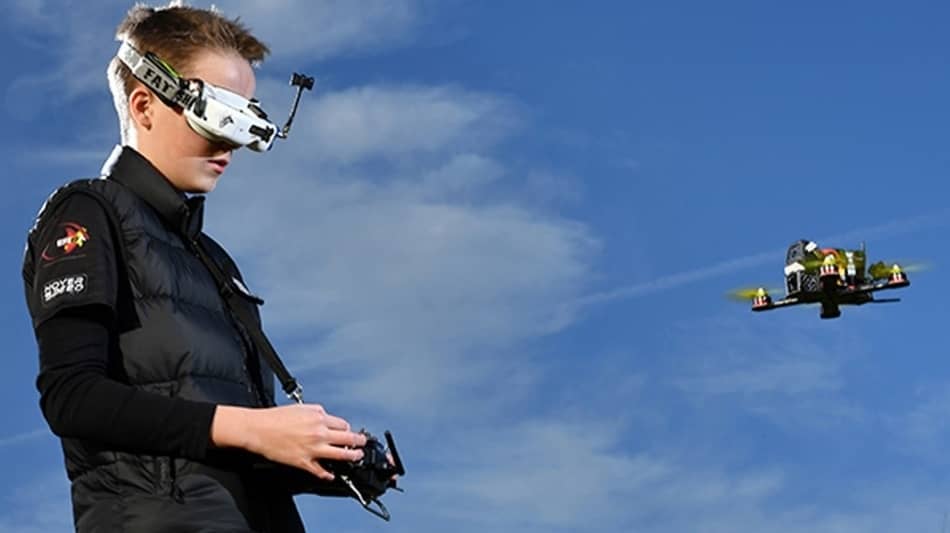
A drone’s range is influenced by various factors, ranging from its design and technology to environmental conditions and regulatory restrictions. In this section, we’ll delve into the key elements that are crucial in determining how far your drone can fly from its starting point. Here’s what determines how far a drone can fly:
1. Drone’s Size and Weight
A lighter drone can generally fly further than a heavier and larger one. It’s basic science. When a drone is heavier, its blades must spin faster and work harder to lift and move it.
2. Battery Size and Power
If you want your drone to fly further, you need a bigger battery. But remember, a larger battery also makes the drone heavier, which can reduce how far it can go. So, if you’re adding weight with a bigger battery, you should ensure it’s powerful enough to make up for that added weight.
3. Communication System
No matter how good your drone’s battery is, it won’t go very far if it can’t communicate (connect) well with its controller or your phone app with which you control the drone. So, the type of communication system your drone uses is also important.
4. Flight Conditions
The place where you decide to fly your drone has a big impact on its range. If there are a lot of obstacles around, they can interfere with the drone’s signals. This means you might not be able to fly the drone very far without losing sight of it.
5. Weather and Wind
Lastly, the weather conditions can also affect your drone’s flight distance. If you’re flying against strong winds, the drone’s motors must work harder, and the battery will run out faster. Also, colder temperatures can make the battery run out quicker than usual.
How Far Can You Legally Fly a Drone?
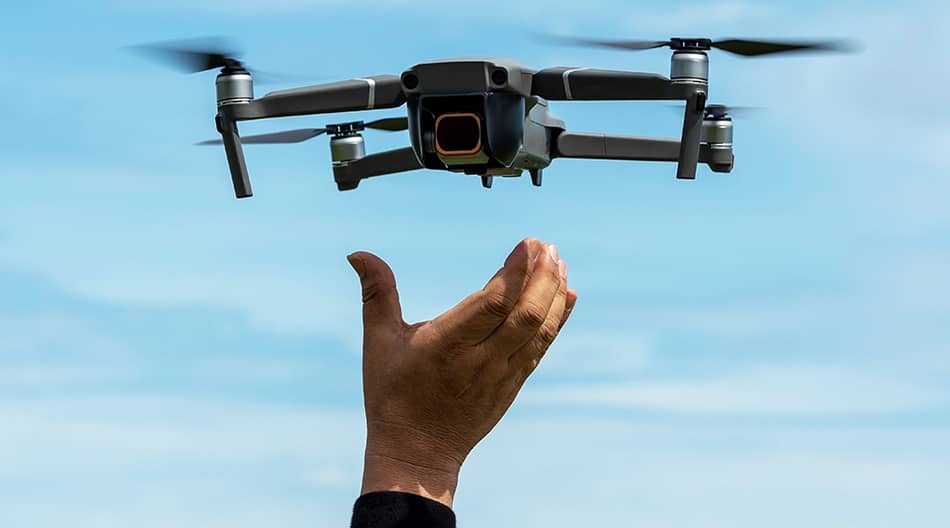
The legal flight range of a drone typically extends up to 400 feet vertically and within the operator’s line of sight (this means that you must see the drone at all times), but specific regulations can vary by country and region. When operating a drone in the US, it’s essential to follow the Federal Aviation Administration (FAA) rules. These rules highlight that whoever’s controlling the drone should always keep the drone in sight.
Plus, certain places, like airports and national parks, have strict rules or might not allow drones at all, so you need to be aware of the surroundings where you plan to fly your drone. Now, if you wish to operate a drone beyond your line of sight, you’ll need a special permit called a BVLOSS waiver. For more details, look up the specific guidelines on flying beyond your direct view.
Why Multirotor Drones Have a Shorter Flight Range?
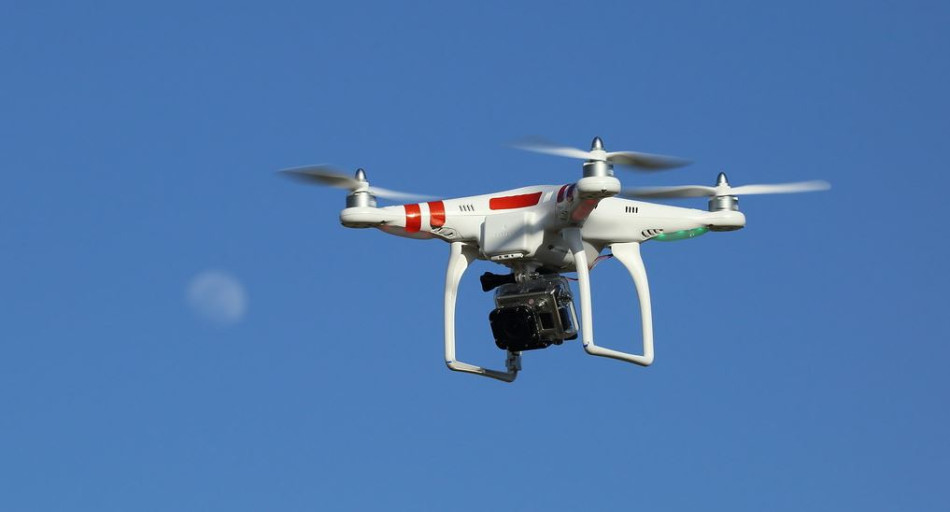
Multirotor drones have a shorter flight range because their design requires constant power to maintain lift and stabilize, resulting in quicker battery depletion compared to the more aerodynamically efficient fixed-wing drones. A cool feature of these drones is that they can be equipped with solar panels.
On the other hand, multirotor drones don’t have enough space to carry solar panels efficiently. A project in 2018 by the University of Singapore did develop a solar-powered multirotor drone. Still, it faced several issues in becoming a widely used product. It looked more like a solar panel with propellers than a practical drone.
Multirotor drones are made to be super small, quick, and agile. They can stay still in the sky, fly in all directions the pilot wishes, and change directions quickly. However, this agility means they can’t fly for as long or as far. The battery in these drones gets drained fast because they need lots of power to hover and move around.
Related Article: Physics Behind How Drones Fly
How Far Can A Fixed-wing Drone Fly?
Combining solar power with fixed-wing drones will allow the drone to fly very long distances, sometimes hundreds of kilometers. Take the SolarXOne as an example. It’s bigger than many standard drones that you can buy, stretching to 4.5m. But with its solar power, it can fly for 12 hours, covering distances up to 600km (372 miles). Another drone, the DeltaQuad, can fly up to 100km and doesn’t even use solar power!
Ways To Extend The Flight Range Of A Drone
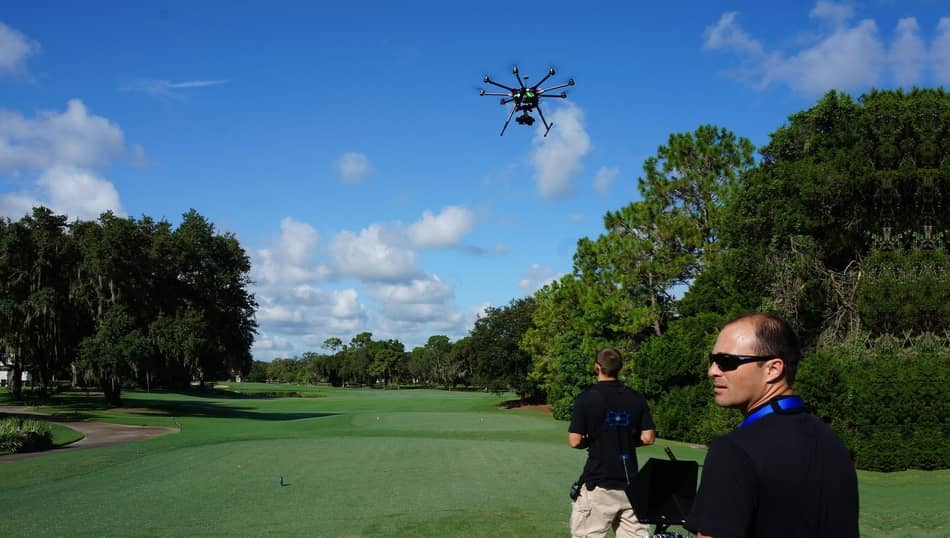
How far a drone flies from its controller largely depends on how good the connection is between the two. To ensure your drone goes as far as possible, consider these tips:
- Pick the Right Spot: Drones are connected with controllers using specific radio waves, like those used by WiFi or Bluetooth devices. They are connected to their controllers using special radio waves, specifically in the 2.400–2.483 GHz ranges and 5.725–5.825 GHz. If many gadgets use the same waves, your drone’s connection might weaken. Also, tall buildings or mountains can block these waves. So, try to fly your drone in open spaces with fewer electronic devices.
- Wait for Good Weather: Weather can mess with your drone’s connection. For the best flying experience, pick a calm day without any strong winds or wild weather.
- Boost Your Drone’s Battery: Some drones, like the DJI Mini Pro 3, let you integrate a better battery. Doing this can give your drone more time in the air.
Remember these ways, and you’re set for a great drone-flying adventure!
If you want to learn more about this topic, be sure to watch this YouTube video where they tested DJI Mavic’s range:
Final Thoughts
A drone’s flight range depends on its design, technology, and external factors. While multirotor drones offer unparalleled maneuverability and stability, their flight time is inherently limited due to their energy-intensive design. On the other hand, fixed-wing drones boast longer flight ranges but may lack the precision control of their multirotor counterparts.
Operators must understand their drone’s capabilities and adhere to legal regulations to ensure safe and successful flights. Ultimately, maximizing a drone’s potential requires a balanced consideration of its design limitations and the external factors at play, whether for recreational, commercial, or military purposes.

